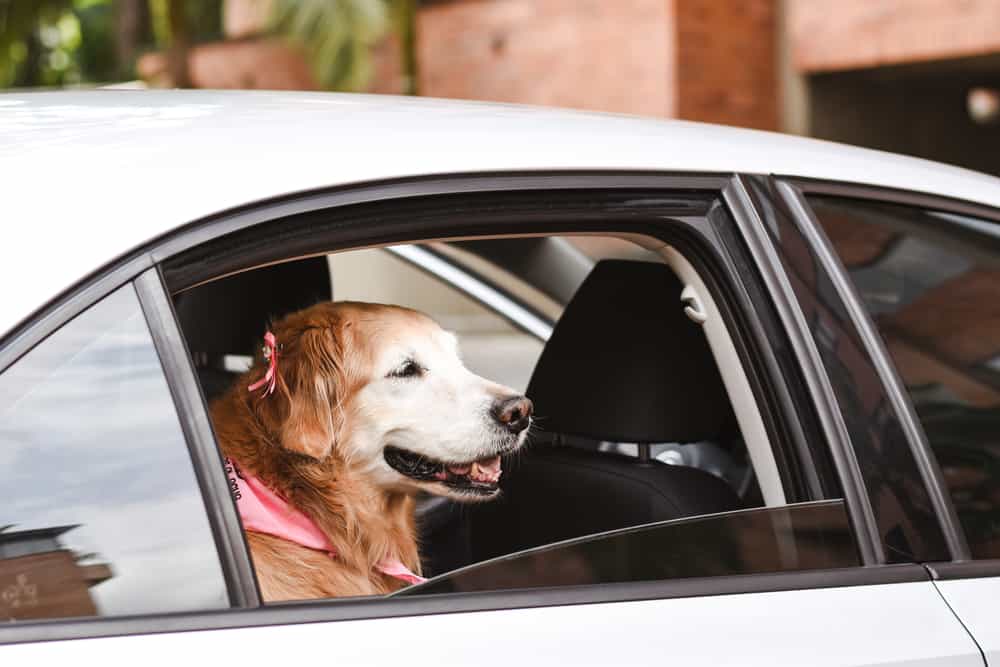If your once lively pup is getting a little grayer behind the ears, they may be entering their senior stage of life. While the age range for what is considered senior varies by breed, pet parents should watch for signs of aging and make necessary adjustments for their senior dog. By making subtle changes to your senior dog’s routine, veterinary care, and home environment, you can help them live a healthier and more comfortable life.
Tip 1: Keep Your Senior Dog Active
With age, it’s important to have your pup stay active, much like their senior human counterparts. If they don’t move it, they lose it. A dog’s muscle mass is the main driver of its metabolism. When a dog loses muscle mass, they can develop frailty syndrome, which accelerates the aging process. Keeping your senior dog active will also help prevent weight gain. One way to keep your older pup active is to bring them to The Ranch where they can continue socializing and running around with young and old dogs all day.
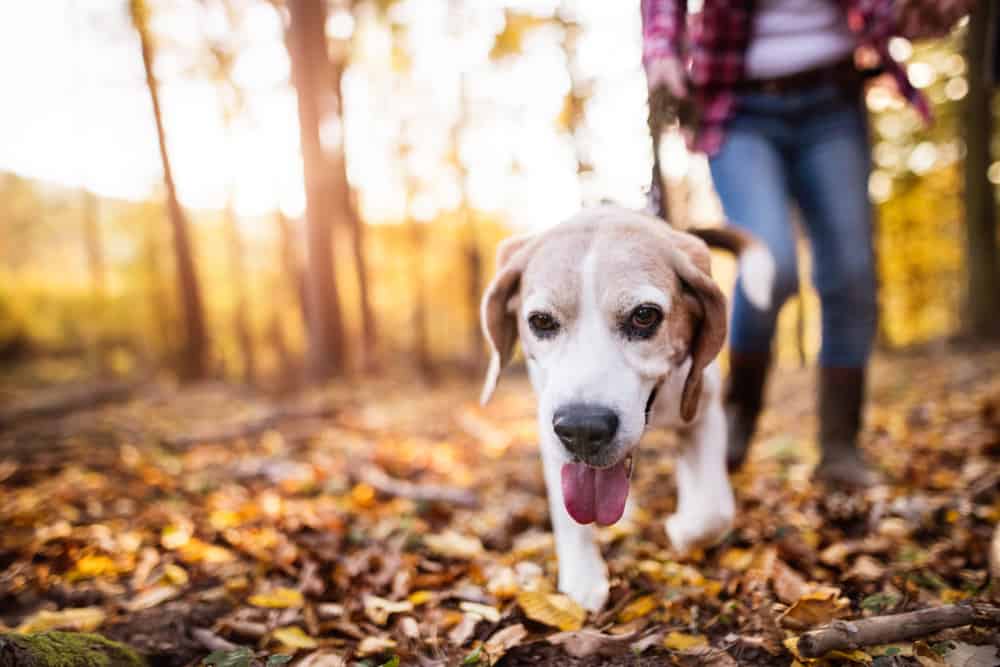
Tip #2: Invest in a Heated Dog Bed
If you really want to make your senior pup feel comfortable, splurging on a heated dog bed can significantly help. Dogs that are suffering from arthritis and other joint problems will appreciate the warm and comfy bed for a good night’s sleep. The heat warms up your dog’s natural body temperature and helps improve mobility, reduce pain, and improve the quality of life.
Alternatively, you can also place a heated pad or mat into your dog’s bed for a similar effect. Consider electric warming pads that are thermostatically controlled and have emergency shut-offs if they overheat.
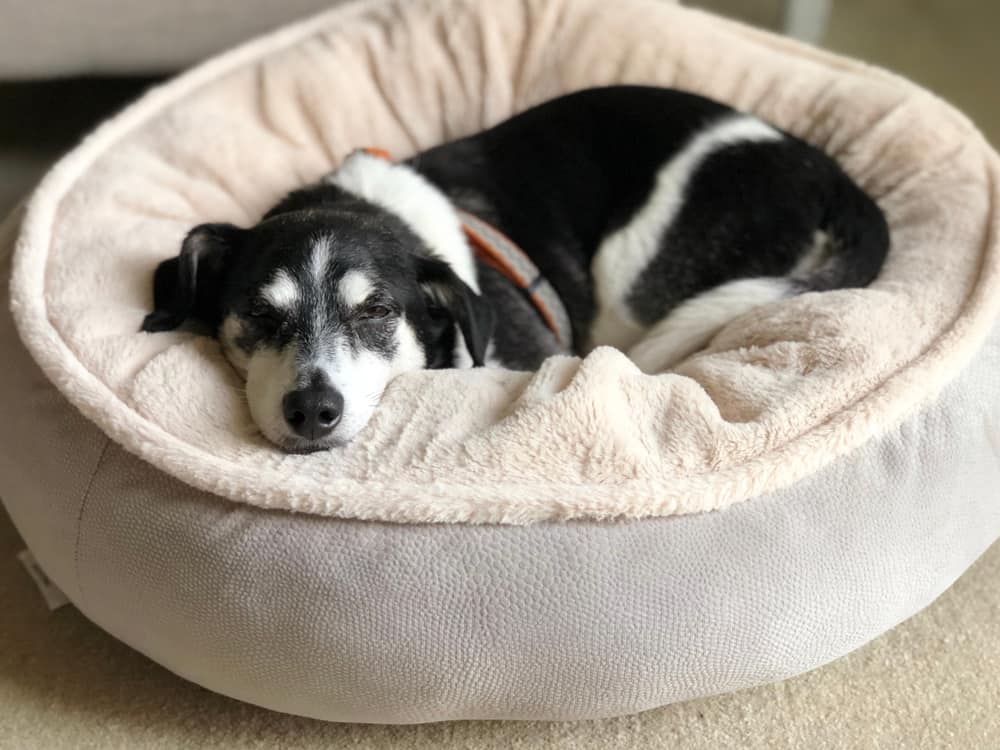
Tip #3: Get Your Dog’s Blood Work Checked
As your dog gets older, you may want to see your veterinarian on a regular basis for checkups. Besides the usual annual or biannual exam, it is suggested that pet parents get yearly blood work done for their senior dogs. Getting bloodwork done is an easy way to detect any kind of disease ahead of time.
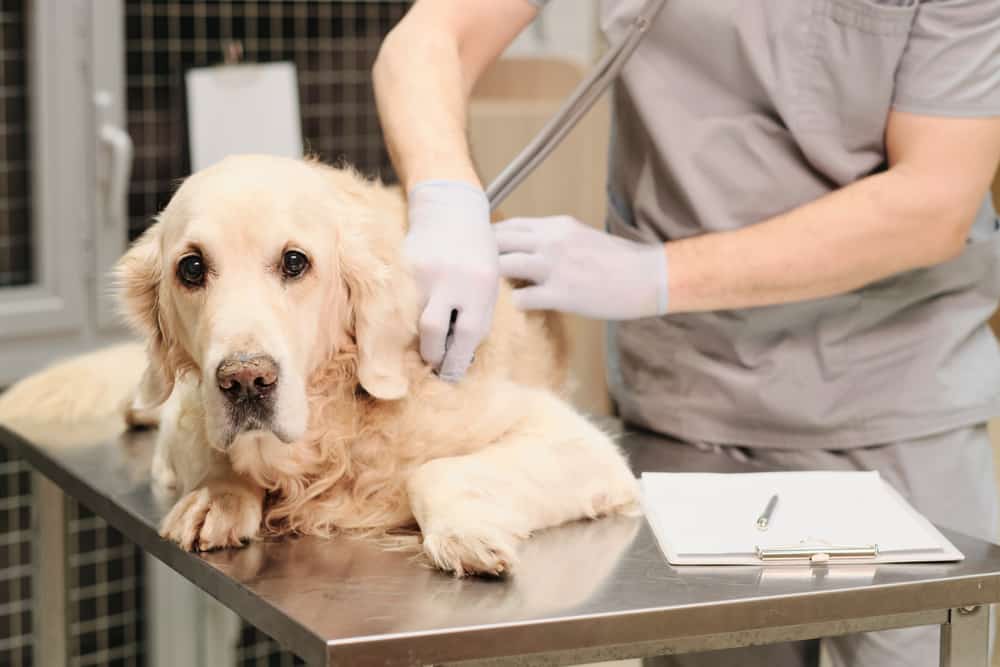
Tip #4: Make Small Adjustments to Your Home
If you have a senior dog, making small adjustments to your home and their environment can have a big impact. Some adjustments you can do is putting dog socks with rubberized, non-slip soles that can also help provide traction for senior dogs living in homes with hardwood flooring. Pet parents should also consider an elevated dog bowl for their dog’s food and water. This eliminates the strain on your dog’s head and neck. Night vision also starts to deteriorate as a pup reaches his/her senior years. Placing nightlights throughout your home will help your pup navigate at night, so they’re not bumping into walls or their bowls.
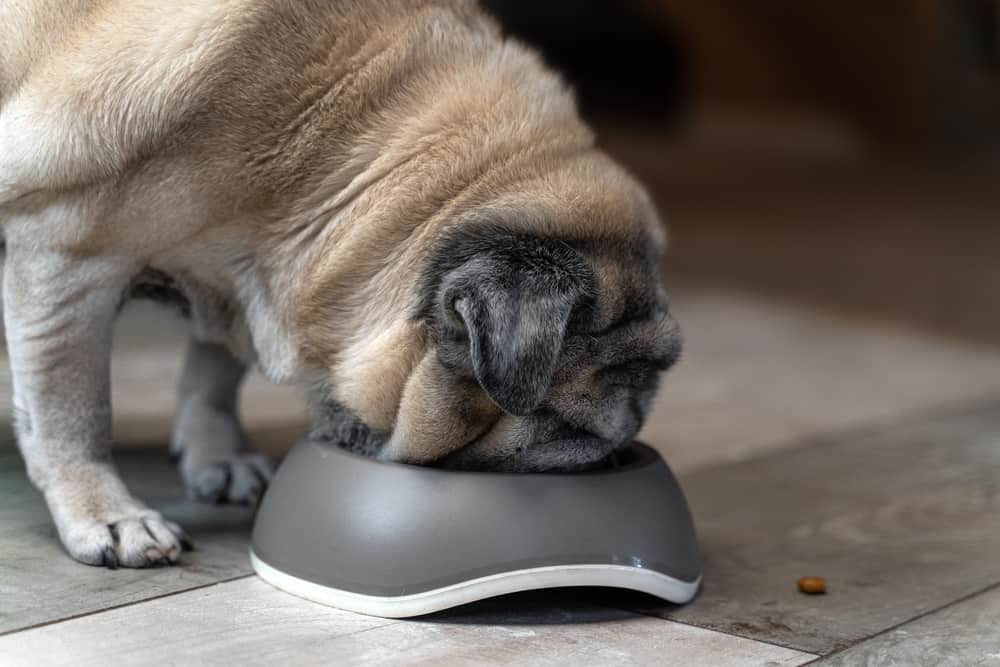
Tip #5: Give Your Senior Dogs Lots of Love
We know this doesn’t have to be said, but dogs can sense our love and we want to give them so much of it especially as a senior. Spend time with your senior pup, cuddle on the couch together, go for a brisk walk or even a nice cruise around the Hill Country. Give them all love while they’re here with you today.
